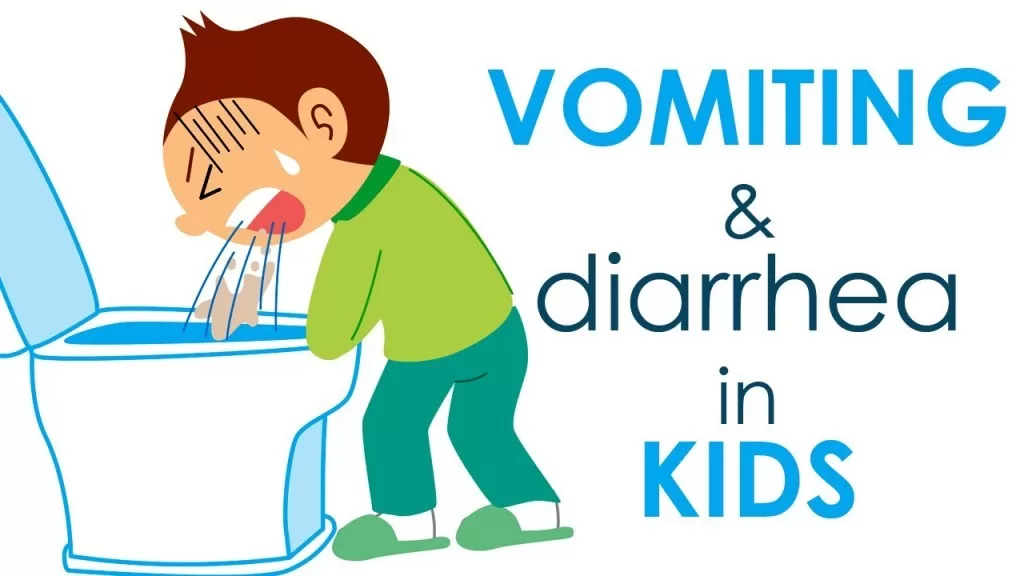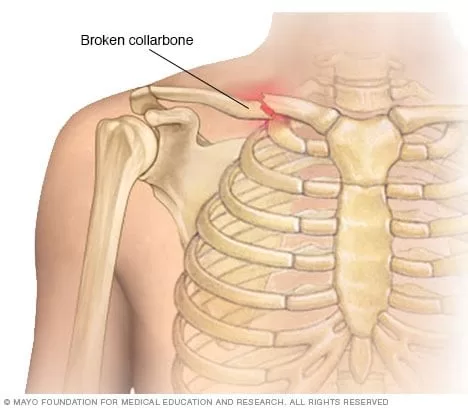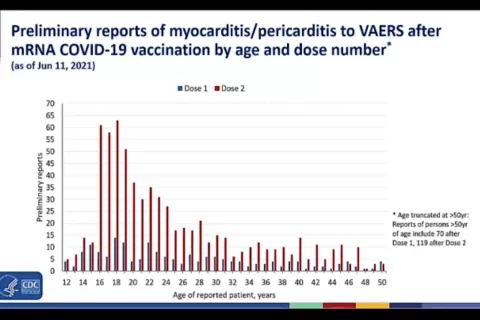Diarrhoea and vomiting are common yet distressing symptoms that can disrupt daily life for many individuals. Often triggered by viral infections like the notorious Norovirus, these symptoms can lead to severe dehydration and discomfort, necessitating a deeper understanding of their implications. In recent times, Norovirus outbreaks have surged, with reports indicating a significant increase in cases characterized by vomiting bugs and related gastrointestinal distress. It’s crucial for individuals to recognize the symptoms of Norovirus early, particularly in vulnerable populations, including pregnant women who may experience diarrhoea in pregnancy. Moreover, understanding workplace health policies regarding sick leave for illness can help mitigate the spread of these infections and ensure a healthier environment.
The terms gastrointestinal distress and stomach flu often describe the uncomfortable experiences associated with diarrhoea and vomiting. These symptoms, frequently arising from infections or foodborne illnesses, can affect anyone regardless of age or health status. Understanding the underlying causes, such as viral pathogens like Norovirus, is vital for effective prevention and management. Pregnant women, in particular, may face unique challenges when dealing with these symptoms, making it essential to seek appropriate medical advice. Furthermore, workplaces should establish clear sick leave policies to address these ailments, ensuring employees can recover without risking the health of their colleagues.
Understanding Norovirus and Its Impact on Diarrhoea and Vomiting
Norovirus, commonly known as the ‘vomiting bug’, is a highly contagious virus that is responsible for a significant number of outbreaks involving diarrhoea and vomiting. This virus can spread rapidly in crowded environments, such as schools and nursing homes, where the close proximity of individuals facilitates its transmission. During outbreaks, symptoms such as nausea, severe vomiting, and watery diarrhoea typically emerge within 12 to 48 hours of exposure. Recognizing these symptoms early can help in managing the outbreak and reducing the spread of the virus.
Recent reports indicate a concerning increase in Norovirus cases, particularly in regions like England, where hospitalizations for diarrhoea and vomiting have surged by 22%. This rise underscores the urgent need for public awareness regarding the symptoms of Norovirus and the importance of immediate medical attention in cases of severe illness. Preventative measures, including hand hygiene and sanitizing surfaces, are critical in controlling the spread of this virus during outbreaks.
Symptoms of Norovirus: What to Watch For
The symptoms of Norovirus are typically sudden and can be quite severe, leading to dehydration if not managed properly. Common symptoms include intense nausea, vomiting, stomach cramps, and watery diarrhoea. In some cases, individuals may also experience fever, chills, and muscle aches. The rapid onset of these symptoms often leaves individuals feeling extremely unwell, making it essential to recognize them promptly and take appropriate action.
Recovery from Norovirus usually occurs within one to three days; however, it is crucial to maintain good hydration during this period. For vulnerable populations, such as the elderly or those with pre-existing health conditions, the impact of Norovirus can be particularly dangerous. Therefore, awareness of these symptoms not only aids in individual recovery but also helps in the broader public health response during outbreaks.
The Rise of Vomiting Bugs: Public Health Concerns
Public health officials have identified a troubling trend in the increased prevalence of vomiting bugs, with Norovirus being a leading cause. These bugs can have a significant impact on community health, particularly during peak seasons when outbreaks are more common. The rise in cases has prompted health authorities to emphasize the importance of hygiene practices to mitigate the spread of these infections.
Community awareness campaigns focusing on the importance of handwashing and surface sanitation are vital in preventing the transmission of vomiting bugs. Additionally, understanding the symptoms associated with these infections allows individuals to seek medical attention promptly, reducing the risk of further outbreaks. The continuous monitoring of these trends is essential for effective public health planning and response.
Managing Diarrhoea in Pregnancy: Risks and Recommendations
Diarrhoea and vomiting during pregnancy can be particularly concerning, as they may lead to dehydration and nutritional deficits. Pregnant individuals often experience gastrointestinal disturbances due to hormonal changes, but if these symptoms are severe or persistent, it is crucial to consult a healthcare provider. Adequate hydration and dietary adjustments can significantly alleviate discomfort and prevent complications.
Healthcare providers recommend that pregnant women monitor their symptoms closely and seek medical attention if they experience excessive vomiting or diarrhoea. This is especially important as these symptoms can sometimes indicate a viral infection, such as Norovirus, which can pose additional risks to both the mother and the developing fetus. Early intervention can ensure both maternal and fetal health are safeguarded.
Sick Leave Policies for Gastrointestinal Illnesses: A Workplace Necessity
As illnesses like diarrhoea and vomiting become more prevalent, particularly in the context of Norovirus outbreaks, employers must establish clear sick leave policies to support affected employees. Adequate sick leave not only aids in individual recovery but also plays a crucial role in preventing the spread of infections within the workplace. Policies should encourage employees to stay home when experiencing gastrointestinal symptoms to protect their colleagues.
Employers can foster a healthier work environment by promoting awareness of the symptoms associated with vomiting bugs and the importance of hygiene practices. By prioritizing employee health through supportive sick leave policies, organizations can mitigate the impact of gastrointestinal illnesses, ensuring that both employee well-being and workplace productivity are maintained.
Frequently Asked Questions
What are the common symptoms of Norovirus that lead to diarrhoea and vomiting?
The symptoms of Norovirus typically appear 12-48 hours after exposure and include nausea, vomiting, diarrhea, stomach pain, and sometimes fever or chills. These symptoms are part of what is commonly referred to as a ‘vomiting bug’ and can lead to dehydration if not managed properly.
How can pregnant women manage diarrhoea and vomiting effectively?
Diarrhoea and vomiting during pregnancy can be distressing, often resulting from morning sickness. Pregnant women should focus on staying hydrated, consuming small, bland meals, and consulting their healthcare provider for personalized dietary advice. It’s essential to seek medical attention if symptoms persist or worsen.
What sick leave policies should workplaces implement for employees with diarrhoea and vomiting?
Workplaces should establish clear sick leave policies that allow employees suffering from diarrhoea and vomiting to take time off without penalty. This approach not only supports the health of the affected employees but also helps prevent the spread of gastrointestinal illnesses like Norovirus within the workplace.
How can good hygiene prevent Norovirus outbreaks associated with diarrhoea and vomiting?
To prevent Norovirus outbreaks that cause diarrhoea and vomiting, individuals should practice good hygiene, particularly thorough handwashing with soap and water. This is especially important after using the restroom or before preparing food, as Norovirus spreads easily in communal settings.
What should one do if they notice blood in vomit or diarrhea?
The presence of blood in vomit or diarrhea is a serious medical emergency and requires immediate attention. It may indicate significant health issues that need urgent care, so individuals experiencing these symptoms should seek emergency medical services right away.
| Key Point | Details |
|---|---|
| Surge in Norovirus Cases | 22% increase in hospitalized patients due to Norovirus, highlighting the need for early detection. |
| Ongoing Concerns with Vomiting Bugs | Rising cases of vomiting bugs require public awareness and prevention efforts. |
| Preventative Advice | Good hygiene practices, especially handwashing, are essential in reducing transmission. |
| Recognizing Norovirus Symptoms | Symptoms typically appear 12-48 hours post-exposure and recover within 1-3 days. |
| Related Topics | Includes diarrhoea and vomiting in pets, during pregnancy, and workplace health policies. |
| Serious Concerns | Presence of blood in vomit or diarrhoea requires immediate medical attention. |
Summary
Diarrhoea and vomiting are significant health concerns that require attention, especially during times of viral outbreaks. Recent insights into the causes, such as Norovirus, highlight the importance of recognizing symptoms and implementing effective hygiene practices. Public health measures, including sick leave policies and community awareness, play a crucial role in managing these symptoms and reducing their spread. By understanding the implications of diarrhoea and vomiting, individuals can better prepare and respond to these common yet impactful health issues.
The content provided on this blog (e.g., symptom descriptions, health tips, or general advice) is for informational purposes only and is not a substitute for professional medical advice, diagnosis, or treatment. Always seek the guidance of your physician or other qualified healthcare provider with any questions you may have regarding a medical condition. Never disregard professional medical advice or delay seeking it because of something you have read on this website. If you believe you may have a medical emergency, call your doctor or emergency services immediately. Reliance on any information provided by this blog is solely at your own risk.







